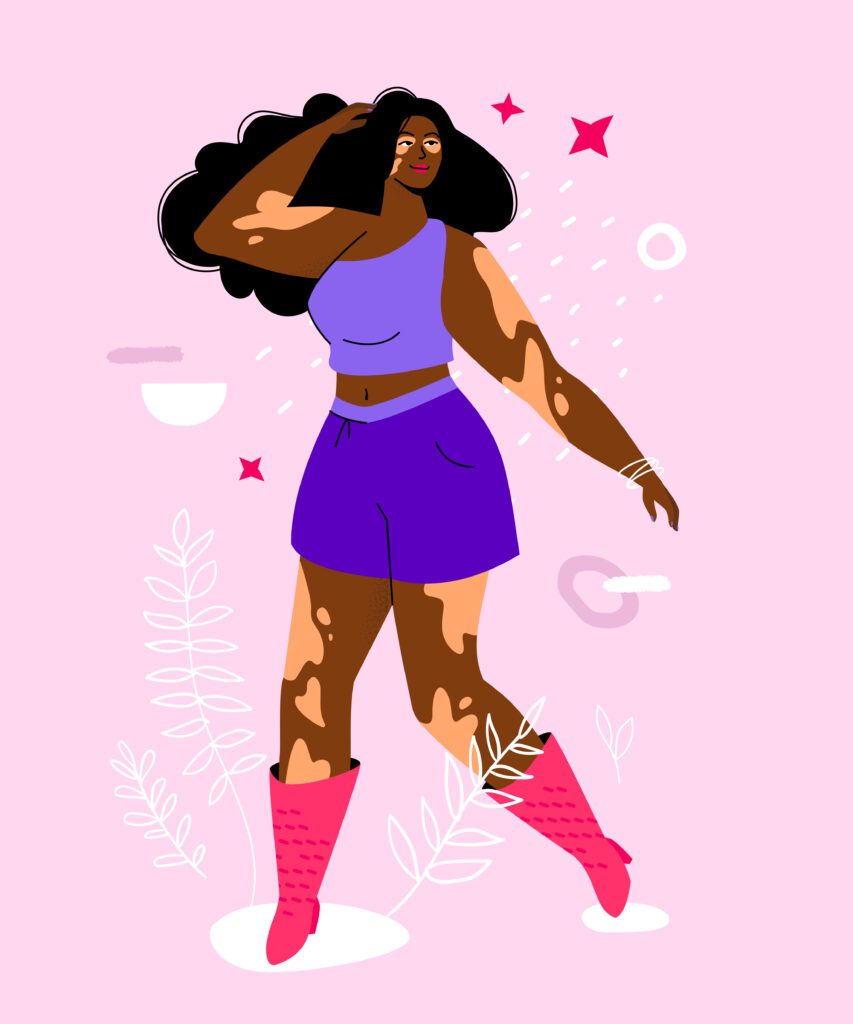Skin Picking Disorder, also known as Excoriation Disorder, is a condition marked by repetitive skin picking that leads to tissue damage and distress. It affects daily life, causing physical, emotional, and social difficulties. Understanding and addressing this disorder requires effective treatment strategies, with Cognitive Behavioral Therapy (CBT) at the forefront.
Symptoms and Impact
People with Skin Picking Disorder often experience:
- Persistent picking at healthy skin, scabs, or blemishes.
- Significant time loss due to picking behaviour.
- Emotional distress and social withdrawal due to visible skin damage.
- Challenges in resisting the urge to pick, even when aware of the negative consequences.
Causes
The development of Skin Picking Disorder can be influenced by:
- Genetic Factors: Family history of related disorders.
- Neurological Aspects: Brain areas linked to impulse control and habit formation.
- Environmental Stressors: Stress, anxiety, or boredom triggering the behaviour.
Cognitive Behavioral Therapy (CBT): A Comprehensive Approach
How CBT Works
Cognitive Behavioral Therapy (CBT) is a structured, time-limited therapy that aims to change the patterns of thinking or behaviour contributing to the disorder. It is highly effective for Skin Picking Disorder, helping individuals understand and modify the underlying thoughts and actions driving their picking behaviour.

Critical Components of CBT for Skin Picking Disorder
1. Habit Reversal Training (HRT)
Habit Reversal Training (HRT) is a cornerstone of CBT for Skin Picking Disorder. It involves:
- Awareness Training: Teaching individuals to recognize the urge to pick and identify triggers.
- Competing Response Training: Replace skin-picking with alternative behaviors, such as using stress balls, squeezing a pillow, or engaging in other hand-related activities.
- Social Support: Involving family or friends to provide encouragement and reinforcement for adopting new behaviours.
2. Cognitive Restructuring
Cognitive Restructuring addresses the irrational or negative thoughts that contribute to skin picking. This includes:
- Identifying Negative Thoughts: Understanding thoughts like “I must pick to feel relief” or “My skin must be perfect.”
- Challenging and Modifying: Replacing these thoughts with realistic ones, such as “Picking will make my skin worse” or “Imperfections are normal.”
3. Stimulus Control
Stimulus Control techniques aim to reduce exposure to triggers and modify the environment to make picking less likely. Strategies include:
- Covering Mirrors: Reducing visual triggers that lead to picking.
- Wearing Gloves or Bandages: Providing a physical barrier to prevent picking.
- Changing Routines: Altering routines that lead to opportunities for picking, like adjusting bedtime rituals.
Benefits of CBT
- Empowerment: CBT provides tools to manage and reduce skin-picking behaviours effectively.
- Sustainable Change: Focuses on long-term strategies rather than short-term fixes.
- Personalized: Therapy is tailored to the individual’s specific triggers and behaviours.
Additional Therapeutic Approaches
Acceptance and Commitment Therapy (ACT)
Acceptance and Commitment Therapy (ACT) helps individuals accept their urges without acting on them. It emphasizes:
- Mindfulness: Developing awareness of the present moment.
- Commitment to Values: Aligning actions with personal values rather than urges.
Dialectical Behavior Therapy (DBT)
Dialectical Behavior Therapy (DBT) combines cognitive-behavioural techniques with distress tolerance and emotional regulation concepts. DBT helps individuals:
- Manage Emotions: Learn skills to handle intense emotions that may trigger picking.
- Build Distress Tolerance: Develop strategies to cope with distress without resorting to skin-picking.
Medications
While medications aren’t the primary treatment, they can complement therapy. Selective Serotonin Reuptake Inhibitors (SSRIs), for example, help reduce the compulsive aspect of the behaviour.
Self-Help and Support Strategies
Daily Journaling
Keeping a journal to track triggers, urges, and progress can provide insights into patterns and help develop effective coping strategies.
Mindfulness and Relaxation
Mindfulness practices and relaxation techniques like meditation, deep breathing, and progressive muscle relaxation can reduce the anxiety and stress that often lead to picking.
Engaging in Hobbies
Engaging in hobbies that keep hands busy, such as knitting, drawing, or playing a musical instrument, can distract from the urge to pick.
Preventing Relapse
Ongoing Therapy
Regular follow-up sessions with a therapist help monitor progress, address setbacks, and refine strategies to maintain recovery.
Support Systems
Building a support system involving family, friends, or support groups provides encouragement and accountability, which are essential in maintaining progress.
Awareness and Adaptation
Staying aware of potential triggers and adapting strategies as needed ensures continuous improvement and helps prevent relapse.
Conclusion
Cognitive Behavioral Therapy (CBT) offers a robust and practical approach to treating Skin Picking Disorder. By addressing the root causes of the behaviour and providing practical strategies to manage it, CBT empowers individuals to regain control over their lives. Combined with self-help strategies and support, therapy can significantly improve quality of life.
Ready to begin? Start your online therapy journey today. Book your first session now.




